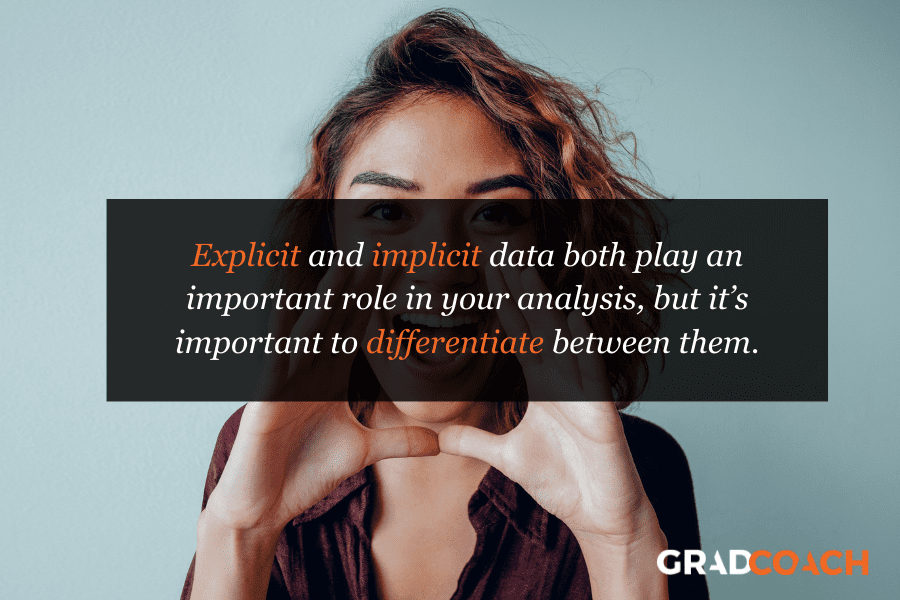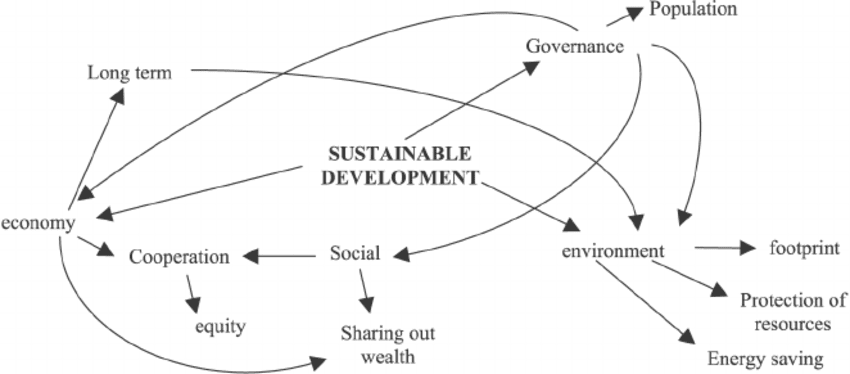
If you’re in the process of preparing for your dissertation, thesis or research project, you’ve probably encountered the term “qualitative content analysis” – it’s quite a mouthful. If you’ve landed on this post, you’re probably a bit confused about it. Well, the good news is that you’ve come to the right place…
Content analysis is a qualitative analysis method that focuses on recorded human artefacts such as manuscripts, voice recordings and journals. Content analysis investigates these written, spoken and visual artefacts without explicitly extracting data from participants – this is called unobtrusive research.
In other words, with content analysis, you don’t necessarily need to interact with participants (although you can if necessary); you can simply analyse the data that they have already produced. With this type of analysis, you can analyse data such as text messages, books, Facebook posts, videos, and audio (just to mention a few).
When working with content analysis, explicit and implicit content will play a role. Explicit data is transparent and easy to identify, while implicit data is that which requires some form of interpretation and is often of a subjective nature. Sounds a bit fluffy? Here’s an example:
Joe: Hi there, what can I help you with?
Lauren: I recently adopted a puppy and I’m worried that I’m not feeding him the right food. Could you please advise me on what I should be feeding?
Joe: Sure, just follow me and I’ll show you. Do you have any other pets?
Lauren: Only one, and it tweets a lot!
In this exchange, the explicit data indicates that Joe is helping Lauren to find the right puppy food. Lauren asks Joe whether she has any pets aside from her puppy. This data is explicit because it requires no interpretation.
On the other hand, implicit data, in this case, includes the fact that the speakers are in a pet store. This information is not clearly stated but can be inferred from the conversation, where Joe is helping Lauren to choose pet food. An additional piece of implicit data is that Lauren likely has some type of bird as a pet. This can be inferred from the way that Lauren states that her pet “tweets”.
As you can see, explicit and implicit data both play a role in human interaction and are an important part of your analysis. However, it’s important to differentiate between these two types of data when you’re undertaking content analysis. Interpreting implicit data can be rather subjective as conclusions are based on the researcher’s interpretation. This can introduce an element of bias, which risks skewing your results.

Now that you understand the difference between implicit and explicit data, let’s move on to the two general types of content analysis: conceptual and relational content analysis. Importantly, while conceptual and relational content analysis both follow similar steps initially, the aims and outcomes of each are different.
Conceptual analysis focuses on the number of times a concept occurs in a set of data and is generally focused on explicit data. For example, if you were to have the following conversation:
Marie: She told me that she has three cats.
Jean: What are her cats’ names?
Marie: I think the first one is Bella, the second one is Mia, and… I can’t remember the third cat’s name.
In this data, you can see that the word “cat” has been used three times. Through conceptual content analysis, you can deduce that cats are the central topic of the conversation. You can also perform a frequency analysis, where you assess the term’s frequency in the data. For example, in the exchange above, the word “cat” makes up 9% of the data. In other words, conceptual analysis brings a little bit of quantitative analysis into your qualitative analysis.
As you can see, the above data is without interpretation and focuses on explicit data. Relational content analysis, on the other hand, takes a more holistic view by focusing more on implicit data in terms of context, surrounding words and relationships.
Relational content analysis has a different focus than conceptual content analysis. Instead of looking at the numbers, it assesses the relationships between different concepts, as well as how they are connected, and the context in which they appear.
There are three types of relational analysis:
Affect extraction is when you assess concepts according to emotional attributes. These emotions are typically mapped on scales, such as a Likert scale or a rating scale ranging from 1 to 5, where 1 is “very sad” and 5 is “very happy”.
If participants are talking about their achievements, they are likely to be given a score of 4 or 5, depending on how good they feel about it. If a participant is describing a traumatic event, they are likely to have a much lower score, either 1 or 2.
Proximity analysis identifies explicit terms (such as those found in a conceptual analysis) and the patterns in terms of how they co-occur in a text. In other words, proximity analysis investigates the relationship between terms and aims to group these to extract themes and develop meaning.
Proximity analysis is typically utilised when you’re looking for hard facts rather than emotional, cultural, or contextual factors. For example, if you were to analyse a political speech, you may want to focus only on what has been said, rather than implications or hidden meanings. To do this, you would make use of explicit data, discounting any underlying meanings and implications of the speech.
Lastly, there’s cognitive mapping, which can be used in addition to, or along with, proximity analysis. Cognitive mapping involves taking different texts and comparing them in a visual format – i.e. a cognitive map. Typically, you’d use cognitive mapping in studies that assess changes in terms, definitions, and meanings over time. It can also serve as a way to visualise affect extraction or proximity analysis and is often presented in a form such as a graphic map.
For example, the early 2000s saw a surge in a movement called “pro-ana” and “pro-mia”. These two movements promoted the existence of eating disorders as a lifestyle rather than a mental illness. If you were to investigate the difference between eating disorder forums now and back then, you could perform cognitive mapping where you’d assess how the terms used within these communities have developed and been shaped over time.

To recap on the essentials, content analysis is a qualitative analysis method that focuses on recorded human artefacts. It involves both conceptual analysis (which is more numbers-based) and relational analysis (which focuses on the relationships between concepts and how they’re connected).
See how Grad Coach can help you.